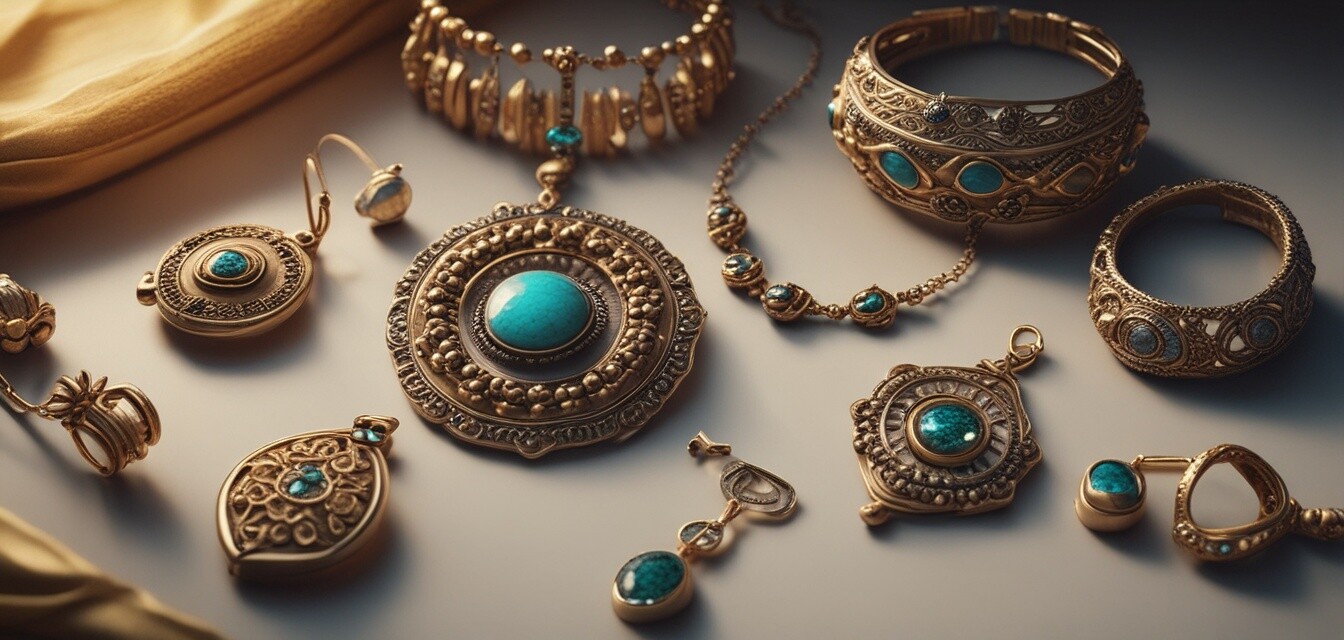
Cultural Sensitivity in Jewelry Design
- Cultural sensitivity is crucial in ensuring respect for diverse heritages in jewelry design.
- Brands that embrace diverse influences can create meaningful and respectful designs.
- Awareness of cultural appropriation and ethical sourcing practices is essential in the jewelry industry.
- Artisans play a vital role in maintaining authenticity and heritage in jewelry design.
- Understanding the symbolism behind designs strengthens the connection between the jewelry and its cultural roots.
In today's globalized world, jewelry design transcends geographical boundaries, blending various cultural influences into unique creations. However, with this incredible fusion comes a significant responsibility for designers and brands to approach their work with cultural sensitivity. This article explores the importance of respecting diverse heritages in jewelry design and how brands can honor these traditions while fostering creativity.
The significance of cultural sensitivity in jewelry design
Cultural sensitivity in jewelry design refers to the awareness and acknowledgment of different cultural backgrounds and practices. It plays a pivotal role in shaping the relationship between designers, artisans, and the communities from which they draw inspiration. Here are some key reasons why cultural sensitivity is important:
- Respect for Traditions: Acknowledging and respecting traditional designs leads to a more meaningful connection with the artisans and communities.
- Ethical Sourcing: Respecting the origin of materials and designs ensures that artisans receive fair compensation and recognition.
- Building Relationships: Cultural sensitivity fosters collaborative relationships between designers and cultural communities, enhancing creativity.
- Creating Personal Connections: Jewelry is often seen as a personal or cultural symbol, so understanding its significance is crucial for designers.
Cultural appropriation vs. appreciation
Understanding the fine line between cultural appropriation and appreciation is vital for designers and brands. Cultural appropriation occurs when elements of a culture are adopted without permission, leading to misrepresentation and disrespect. In contrast, cultural appreciation involves a respectful and informed engagement with the traditions and symbols of a culture.
Key differences
| Cultural Appropriation | Cultural Appreciation |
|---|---|
| Disrespectful adoption of cultural symbols. | Respectful engagement and understanding of cultural significance. |
| Lack of context or understanding. | Deep knowledge of the culture and its traditions. |
| Profit without giving back. | Collaborative efforts that benefit the original culture. |
How brands can incorporate cultural sensitivity
To cultivate a more culturally aware approach in jewelry design, brands can implement the following practices:
- Conduct thorough research: Understand the history, meanings, and significance of the cultural elements being incorporated.
- Engage with local artisans: Collaborate with artisans from the cultural background to ensure authenticity and respect.
- Transparent sourcing: Ensure that materials are ethically sourced and that artisans are compensated fairly.
- Share stories: Use your platform to highlight the history and significance behind the designs, promoting the culture they represent.
- Encourage diversity: Embrace creative contributions from diverse backgrounds within your design team.
The role of artisans in cultural preservation
Artisans are the lifeblood of cultural jewelry design, often being the keepers of traditional skills and techniques. By collaborating with artisans, brands can help preserve these valuable cultural practices while infusing modern creativity into their designs. Here are some ways artisans contribute:
- Preserving traditional techniques and knowledge.
- Providing unique insights into cultural meanings and symbolism.
- Ensuring authenticity and integrity in designs.
- Serving as community role models for sustainable practices.
Embracing Diversity in Design
As the jewelry industry continues to evolve, embracing cultural sensitivity becomes a crucial factor in creating innovative designs. Businesses that respect diverse heritages not only enrich their own creative processes but also positively impact the communities they engage with. Consider exploring our eco-conscious jewelry sets to see how sustainability and cultural respect intersect.
Conclusion
In conclusion, cultural sensitivity in jewelry design is not merely a trend but a necessary practice that fosters respect, innovation, and creativity. By understanding and appreciating the diverse heritages that influence jewelry crafting, brands can create meaningful connections between their products and the communities they draw inspiration from. Let’s champion a jewelry industry that celebrates diversity and promotes cultural understanding.
Pros
- Encourages ethical sourcing and fair trade practices.
- Builds authentic relationships with artisans.
- Enhances brand reputation and customer loyalty.
- Promotes cultural awareness and education.
Cons
- Time-consuming to conduct thorough research.
- Possibility of misinterpretation or backlash.
- Collaborative efforts may complicate design timelines.
For more insights into the latest trends in the ethical jewelry world, be sure to check out our news and trends category.
With the increasing dialogue around sustainable and ethical practices, it’s essential for brands to reflect on their impact and strive for a jewelry design industry that honors cultural legacies. By combining creativity with respect for diversity, the jewelry industry can thrive while making a positive difference in the world.